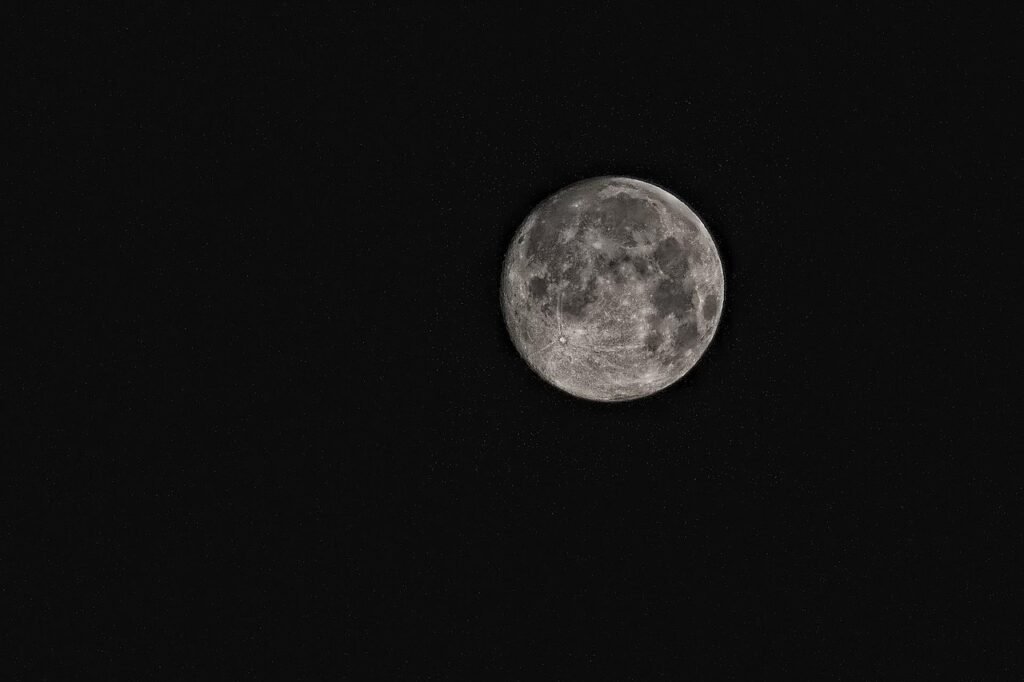Have you ever wondered why we occasionally need to add leap seconds to our clocks? The answer lies in a cosmic dance that has been playing out for billions of years. The Moon, our celestial companion, is quietly stealing time from Earth’s rotation, making our days gradually longer. This isn’t some science fiction fantasy but a measurable reality that astronomers can track with incredible precision using atomic clocks and laser technology.
Over millions of years, the Moon’s gravitational pull has acted like a cosmic brake, creating tides that ever so slightly slow Earth’s spin. As a result, the length of a single day increases by about 1.7 milliseconds every century – a change too small to notice but enormous over geological time. Scientists have even found evidence in ancient coral fossils showing that, hundreds of millions of years ago, Earth had more than 400 days in a year. In essence, the Moon isn’t just lighting up our night sky – it’s reshaping time itself, one tiny fraction of a second at a time.
The Tidal Friction Connection

The gravitational force between the Moon and Earth creates tidal bulges in our oceans that act like cosmic brakes on our planet’s rotation. The friction from ocean tides robs Earth of rotational energy, acting like brake pads.
The net tide raised on Earth by the Moon is dragged ahead of the Moon by Earth’s much faster rotation, and tidal friction is required to drag and maintain the bulge ahead of the Moon. Think of it like trying to drag a heavy blanket across the floor. The Moon’s gravity pulls water into bulges, creating massive friction as Earth spins beneath these oceanic bumps.
Measuring Time With Atomic Precision
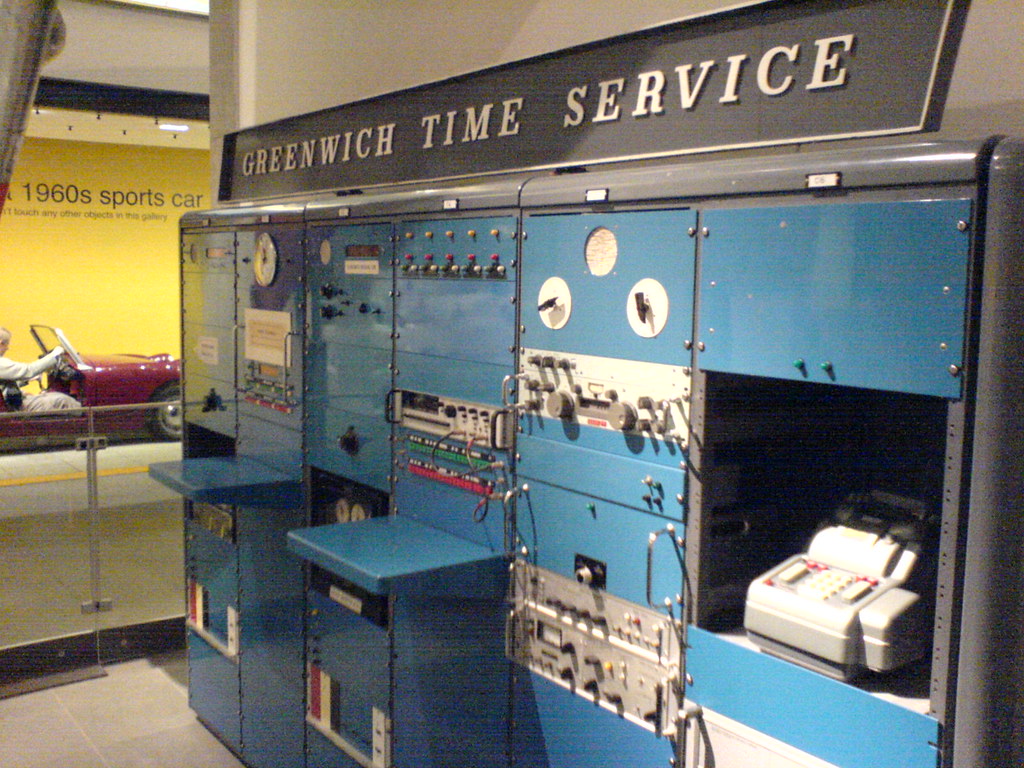
Atomic clocks show that the modern day is longer by about 1.7 milliseconds than a century ago, slowly increasing the rate at which UTC is adjusted by leap seconds. Once atomic clocks replaced the rotation of Earth in relation to the stars as our standard reference point, the second became a fixed reference rather than calculated by the sun and stars.
Consider this example: suppose the rotating earth is our clock and it’s been 100 years since that clock’s “standard second” was set to correspond to an atomic clock’s second. Then after 1000 days our earth clock loses about 2.3 seconds, falling further behind the atomic clock. This tiny difference reveals the cosmic theft happening right under our noses.
Ancient Evidence From Solar Eclipses
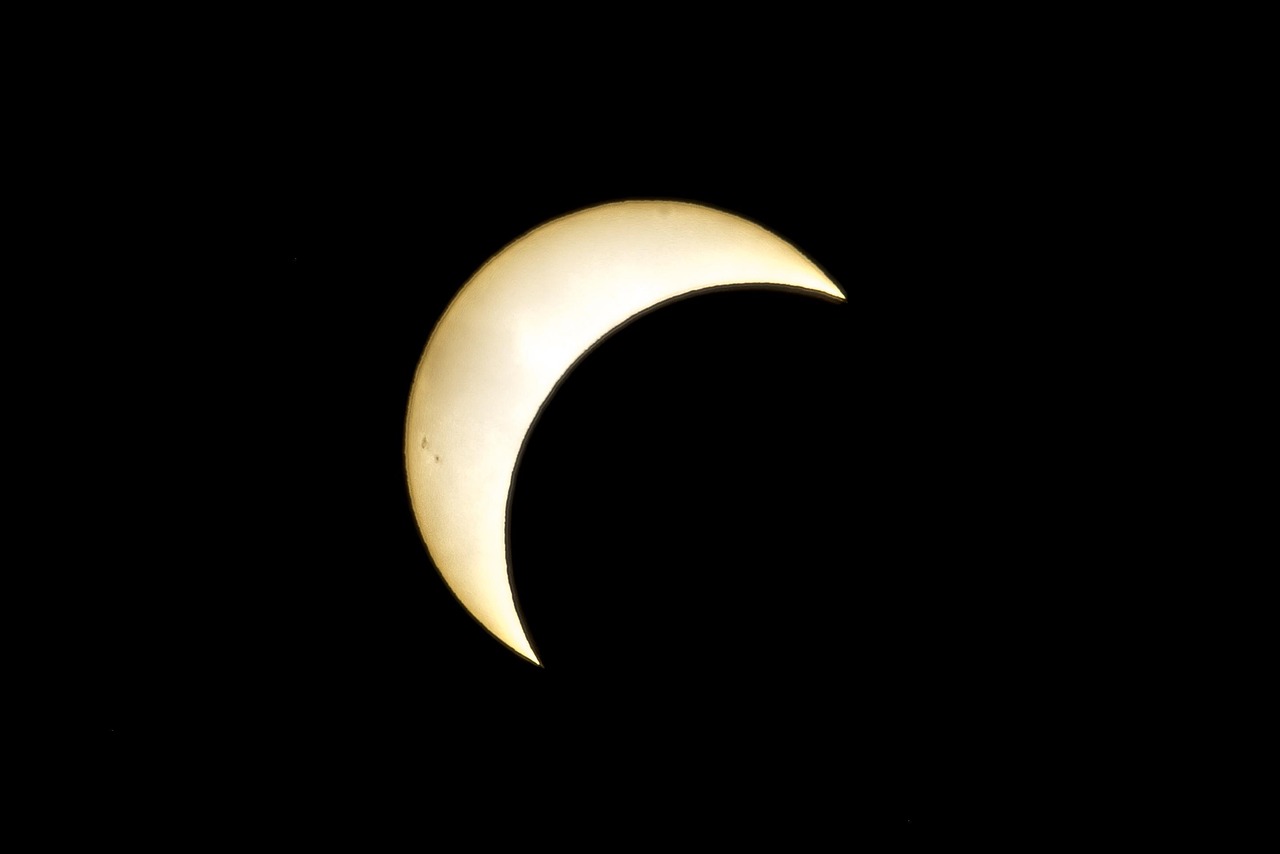
Astronomers trying to compare ancient solar eclipse records with their predictions found that they were off by a significant amount. When they took the slowing down of Earth’s rotation into account, their predictions agreed with the solar eclipse records.
These eclipse observations can be used to determine changes in Earth’s rotation over the last 27 centuries, since the length of the day is a critical parameter in eclipse calculations. A change in day length of milliseconds per century shows up as a change of hours and thousands of kilometers in eclipse observations. Ancient astronomers unknowingly left us a treasure trove of evidence about our planet’s changing rhythm.
Coral Reefs As Natural Timekeepers

Growth rings in ancient corals about 400 hundred million years old show that the day was only 22 hours long so that there were about 385-390 days in a year. In July 1996 a research study reported evidence, from several sedimentary rock records providing an indicator of tidal periods, that the day was only 18 hours long 900 million years ago.
These marine creatures acted as biological clocks, recording Earth’s ancient spin in their calcium carbonate skeletons. Ancient corals, rock formations, and sediment layers act as natural timekeepers, revealing that hundreds of millions of years ago, there were more days in a year because each day was shorter. These geological records match modern scientific predictions.
The Moon’s Great Escape

The Moon orbits Earth at an average distance of 238,855 miles, but lunar laser ranging has accurately shown that the distance between the two increases by 1.5 inches a year. Experimental equipment left on the Moon by the Apollo astronauts has confirmed that the average distance from Earth to the Moon is increasing at the rate of about 3.8 cm a year. So, the Moon is now nearly 2 metres farther away from the Earth than it was at the time of the Apollo 11 landing in 1969.
This recession isn’t random drift. Lunar recession and tidal braking of Earth’s rotation are coupled: the rotational energy being taken from Earth in braking is effectively being transferred, via tides, to the Moon. This extra energy lifts it into a higher orbit. It’s like a cosmic slingshot effect, where Earth’s lost spin energy boosts the Moon to higher altitudes.
Laser Technology Unlocks Lunar Secrets
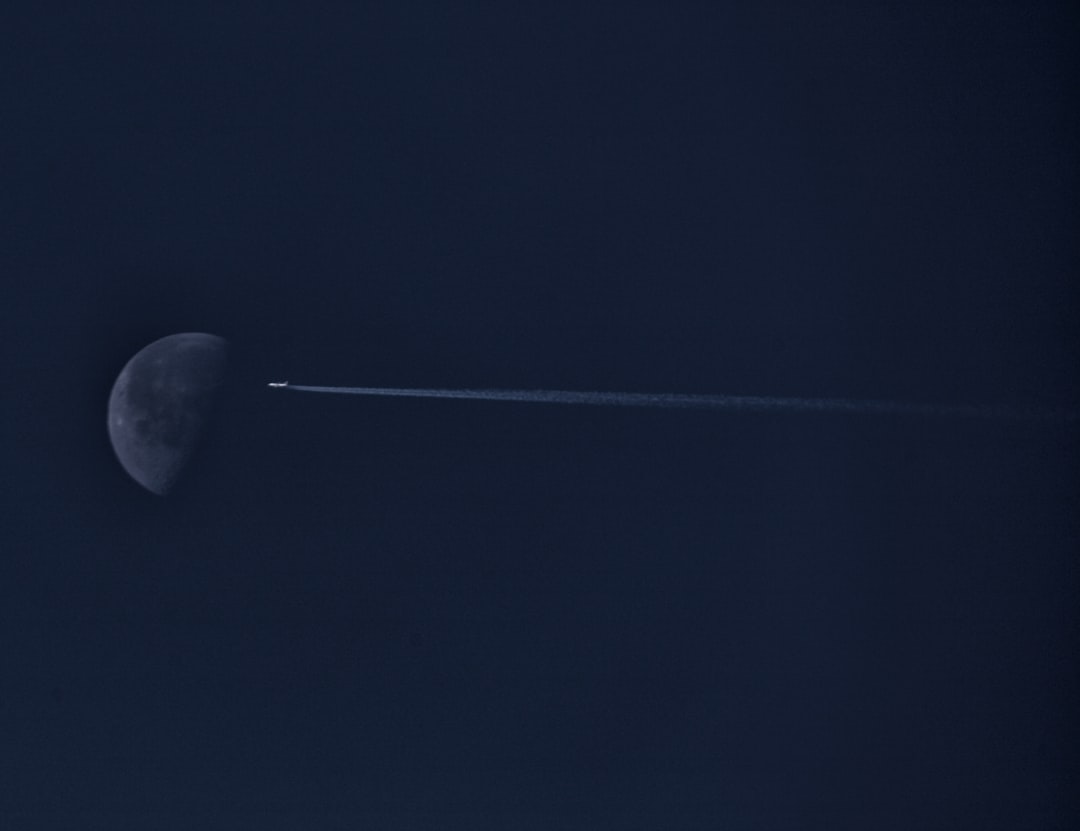
This was achieved following the installation of a retroreflector array on July 21, 1969 by the crew of Apollo 11. On 1 August 1969, Lick Observatory made the first Earth-to-Moon distance measurement with centimeter accuracy. The researchers fired a gigawatt ruby laser at a retro-reflector array placed on the Moon by Apollo 11 astronauts, and measured the time delay in detecting the reflected pulse.
As of 2009, the distance to the Moon can be measured with millimeter precision. In a relative sense, this is one of the most precise distance measurements ever made, and is equivalent in accuracy to determining the distance between Los Angeles and New York to within the width of a human hair. This incredible precision allows scientists to track the Moon’s subtle movements with breathtaking accuracy.
The Physics Behind The Slowdown
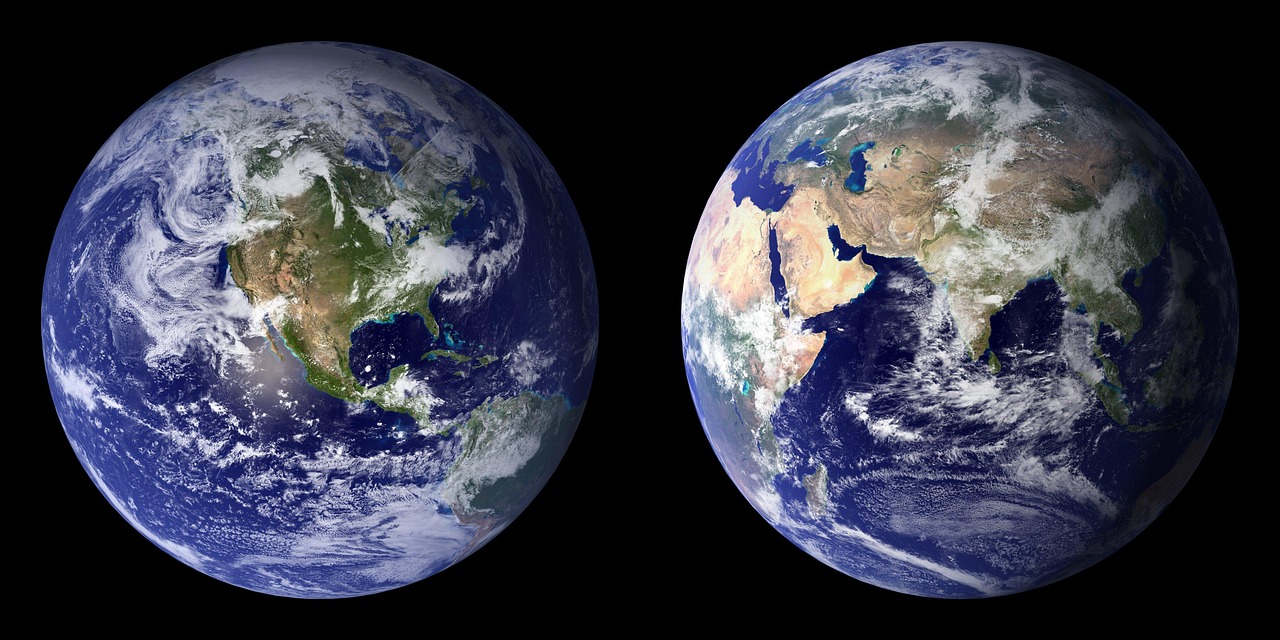
Currently the secular change in the rotation rate increases the length of day by some 2.3 milliseconds per day per century. Effectively, energy and angular momentum are transferred from the rotation of Earth to the orbital motion of the Moon, however, most of the energy lost by Earth is converted to heat by frictional losses in the oceans and their interaction with the solid Earth.
Most of the dissipation occurs in a turbulent bottom boundary layer in shallow seas such as the European Shelf around the British Isles, the Patagonian Shelf off Argentina, and the Bering Sea. The dissipation of energy by tidal friction averages about 3.64 terawatts. These coastal waters act like massive friction zones, grinding away at Earth’s spin energy.
Future Consequences Of Earth’s Slowing
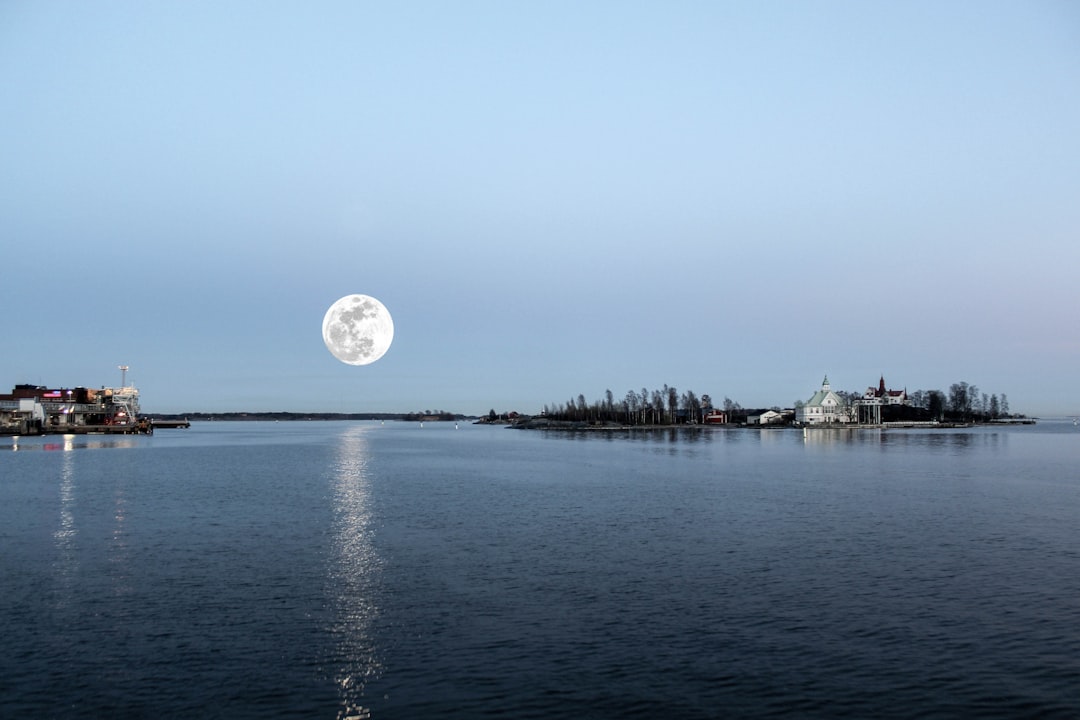
If other effects were ignored, tidal acceleration would continue until the rotational period of Earth matched the orbital period of the Moon. At that time, the Moon would always be overhead of a single fixed place on Earth. The Earth’s rotation period would be 47 days long, and the Earth & Moon would then be locked together in tidal resonance, always keeping the same face toward each other.
Earth’s rotation will continue to slow down, and the Moon will continue to spiral away until the Earth day exactly equals the lunar month. At that time, one Earth rotation will last over 1,000 hours, which would require 4 million leap seconds per day. Fortunately, this cosmic stalemate won’t happen anytime soon. No need to panic just yet. You have over a trillion years to think about it.
The Leap Second Solution
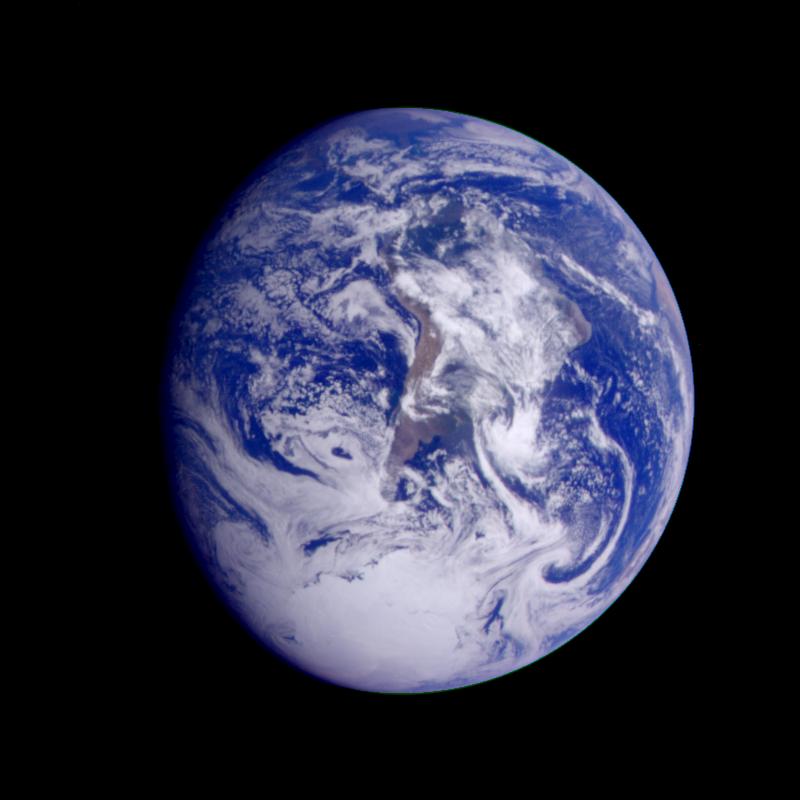
Because the day, defined by Earth’s rotation, is slightly longer than 24 hours, every so often an extra second, known as a leap second, needs to be added to ensure that our time lines up with real time. Leap seconds are always added just before midnight on 30 June or 31 December. They were first introduced on 30 June 1972 and 27 leap seconds were added through 2016.
This long-term slowing of the rotation is a primary reason for periodically inserting leap seconds into our timekeeping. As this happens, we will have to add leap seconds more often to ensure that our time still aligns with Earth’s rotation. In 10,000 years’ time in the year 12020, we would have to add a leap second every 4.3 days. Imagine resetting your watch every few days just to stay synchronized with the planet.
The Moon’s invisible influence on our daily lives extends far beyond romantic nights and ocean tides. Through the relentless force of tidal friction, our celestial companion is literally stealing time from Earth, making each day incrementally longer than the last. While the changes seem minuscule on human timescales, they represent one of the most fundamental cosmic processes shaping our planet’s destiny.
What fascinates you more about this cosmic phenomenon: the incredible precision with which we can measure these tiny changes, or the mind-boggling timescales over which they unfold?

Jan loves Wildlife and Animals and is one of the founders of Animals Around The Globe. He holds an MSc in Finance & Economics and is a passionate PADI Open Water Diver. His favorite animals are Mountain Gorillas, Tigers, and Great White Sharks. He lived in South Africa, Germany, the USA, Ireland, Italy, China, and Australia. Before AATG, Jan worked for Google, Axel Springer, BMW and others.

